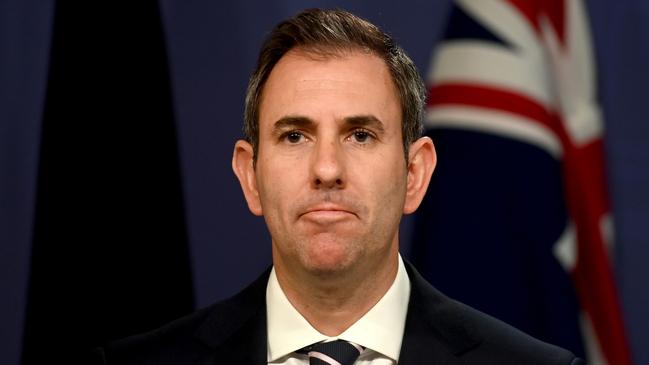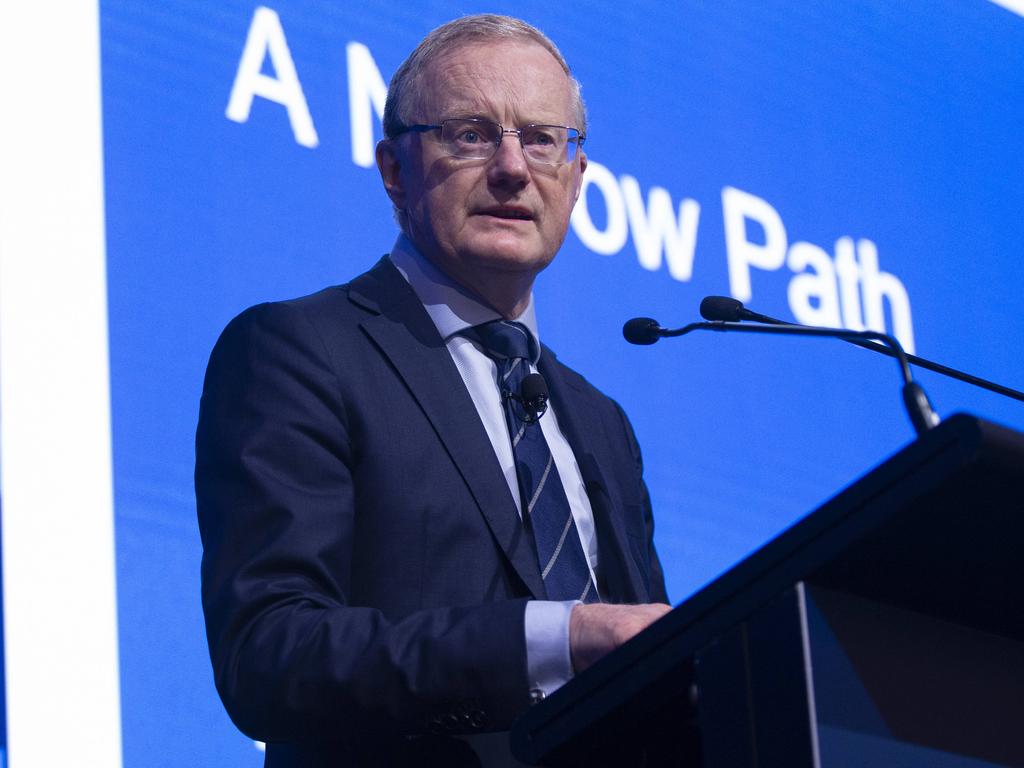‘Scant’ evidence in the May budget of plan to boost flagging productivity
A new report finds that the May budget did not do enough to tackle the country’s productivity collapse, which now threatens to lead to higher interest rates.

The May budget had “scant detail” on how the Albanese government plans to reverse the worst productivity slump on record, according to a new Parliamentary Library report.
Just days after Anthony Albanese in a major speech defended the government’s productivity agenda, the Parliamentary Library researchers found budget paper one mentioned productivity 53 times, but did not include a substantive program to boost the economy’s productive capacity.
“While there is some acknowledgment about the importance of improving productivity growth in certain areas of the economy there is little detail on how the government is going to achieve a boost to productivity growth,” the report says.
“The budget papers have scant detail on what the government is going to do to boost productivity growth in Australia. The government has mentioned a few measures in budget paper number two and suggested they will boost productivity, but it is unclear as to the extent to which these measures will be productivity enhancing.”
The budget papers say the government is working to expand the productive capacity of the economy through measures such as the National Reconstruction Fund, supporting the move to net zero, improving infrastructure planning and delivery, expanding paid parental leave, and migration reform.

The Parliamentary Library report, however, says “it is debatable whether some of these proposals are productivity enhancing”.
“It seems likely that some could raise costs without improving the productive capacity of the economy.”
The budget refers to the Productivity Commission’s five-yearly blueprint for lifting national prosperity, “but none of the discussion indicates what specific proposals the government is going to implement”, the researchers said.
Australia, like the rest of the advanced world, has been trapped in a worsening productivity trend over recent decades – a deterioration that experts have struggled to explain and policymakers have failed to arrest.
Ahead of a meeting of the Council on Federal Financial Relations later this month, a spokesman for Jim Chalmers said “the Albanese government is absolutely focused on turning around the poor productivity performance we inherited by investing in people and their skills, fixing our broken energy markets, and supporting business innovation and growth”.
“Last month’s budget took further meaningful steps to improve productivity, such as supporting businesses to adopt new digital innovations like AI and investing effectively in the net zero transition,” the spokesman said.
Liberal senator Andrew Bragg, who commissioned the research, said it showed “the country is going in the wrong direction when it comes to productivity, and the government have done nothing about it”.

“In fact, it’s clear that their IR policy is going to make a bad situation much worse. When the Productivity Commission came to (senate) estimates, the chair (Michael Brennan) was quite clear about the need to provide more workplace flexibility, rather than less,” Mr Bragg said.
Reserve Bank of Australia governor Philip Lowe has said the May budget inflationary impact was “broadly neutral” and that energy caps and subsidies would lower the consumer price index by 0.75 percentage points in the coming financial year.
But Mr Bragg, who chairs the senate economics legislation committee, said if the government were serious about tackling inflation and lifting the country’s economic speed limit, they would stop all new discretionary spending and “have a serious implementation plan on the PC report”.
Average annual productivity growth in the decade leading into pandemic was 1.1 per cent, compared to 1.8 per cent in the six decades to 2020.
But that performance has become dire through the Covid-19 crisis, with productivity flatlining over the past three years, and dropping by a record 4.6 per cent in the year to March.






